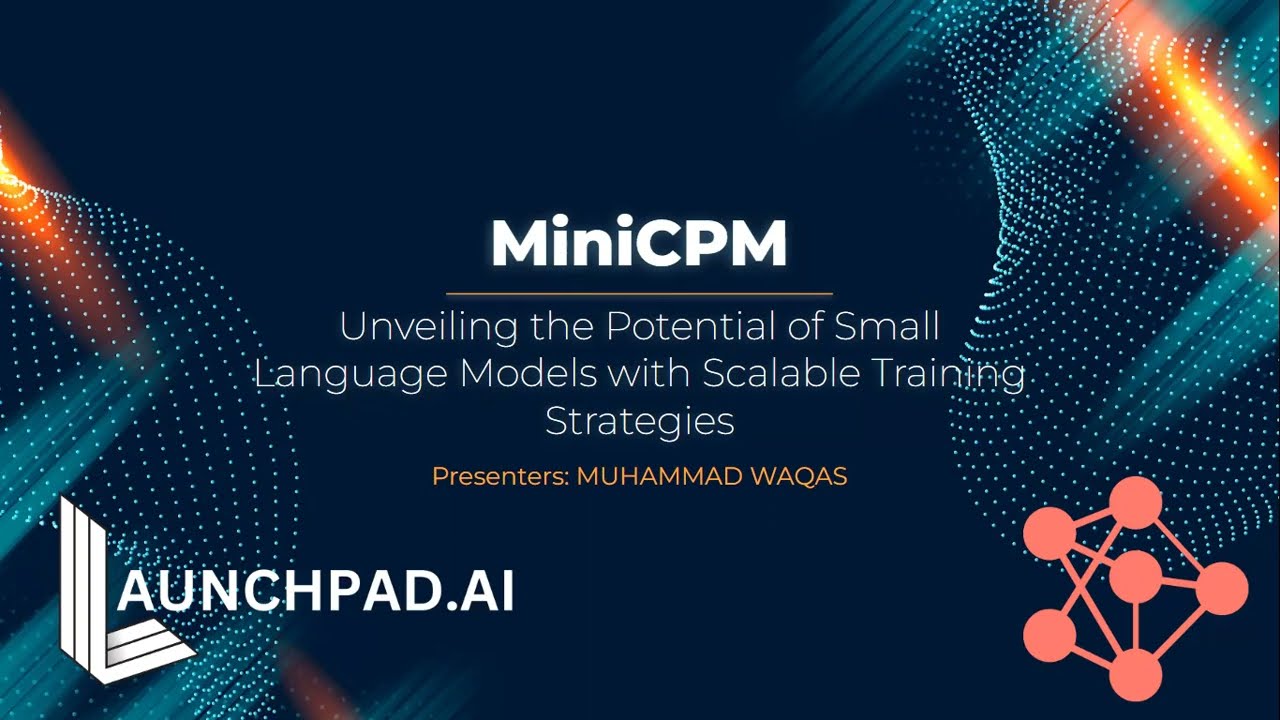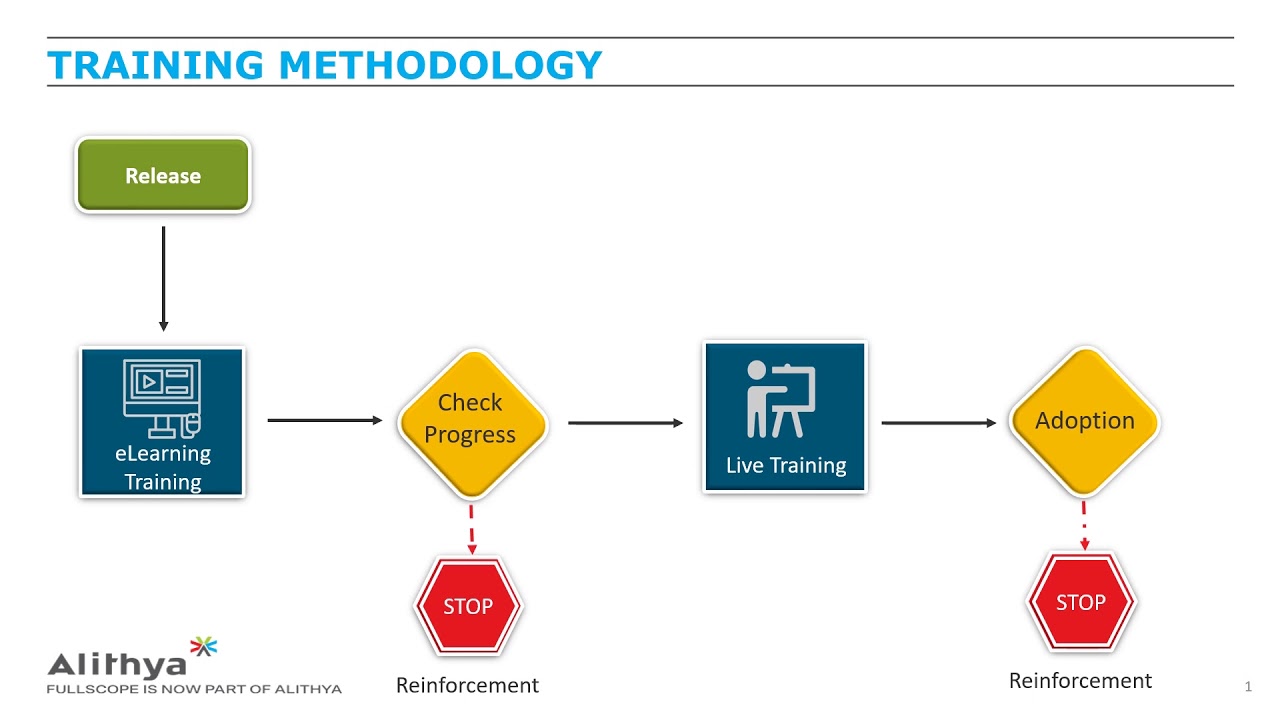
MiniCPM: A Leap Forward in Small Language Models
The landscape of artificial intelligence is rapidly evolving, with researchers continually seeking more efficient methods to harness the power of language models. In a recent development from Tsinghua University and Modelbest Inc., the introduction of MiniCPM illustrates a significant step towards revolutionizing the way we think about Small Language Models (SLMs). By prioritizing scalability and performance, these innovative models aim to bridge the gap between traditional Large Language Models (LLMs) and the operational constraints of resource-intensive training processes.
The Costly Dilemma of Large Language Models
Developing LLMs with trillions of parameters is no small feat. With the increasing costs and overhead associated with training these powerful models, researchers are compelled to explore alternatives that promise similar capabilities without the same financial burden. This is where Small Language Models, like MiniCPM, come into play. While they are not without limitations, they offer a path towards democratizing AI applications by making powerful models accessible for deployment on various devices, from smartphones to PCs.
 Innovative small language models like MiniCPM aim to redefine efficiency.
Innovative small language models like MiniCPM aim to redefine efficiency.
Introducing MiniCPM: Performance that Competes with Giants
The MiniCPM architecture comprises two variants: 1.2B and 2.4B non-embedding parameter models, both designed to challenge the performance of existing LLMs with significantly larger parameters, such as those in the 7B to 13B range. Early results reveal that the MiniCPM-2.4B model performs exceptionally well in English compared to its peers while showing marked superiority in handling the Chinese language. These findings are not merely academic; they indicate a substantial leap in capabilities for smaller models.
“MiniCPM is set to challenge the status quo of language models by emphasizing scalability and efficiency.”
The Scalable Training Approach
Innovative training methodologies are essential for the continued advancement of AI. The researchers behind MiniCPM have introduced a Warmup-Stable-Decay (WSD) learning rate scheduler that not only facilitates ongoing training but also adapts seamlessly to various domains. This is particularly significant because it highlights a potential paradigm shift in training SLMs, enabling them to compete more effectively with their larger counterparts. This approach could pave the way for further advancements in model performance across diverse applications.
 Scalable training approaches are crucial to advancing AI capabilities.
Scalable training approaches are crucial to advancing AI capabilities.
Performance Insights and Future Directions
Data from ongoing evaluations reveals that the MiniCPM-2.4B model consistently ranks among the top performers in the SLM category. While it competes closely with models such as Mistral-7B-v0.1 in English, its dominance in Chinese presents an exciting opportunity for researchers focusing on linguistic diversity and accessibility in AI. Moreover, the findings hint at a critical insight—while knowledge-oriented datasets such as MMLU and HellaSwag present unique challenges, the size of the model often correlates with its reasoning capabilities.
The implications of MiniCPM extend beyond mere performance metrics. These models signify a potential shift in how we view SLMs and LLMs, particularly concerning how scalable training methodologies can enhance understanding and efficiency. As these technologies continue to evolve, the ongoing research will further explore loss management during the decay stages of training and seek to refine MiniCPM’s capabilities.
Conclusion: A Bright Future for Small Language Models
As we stand on the brink of a new era in artificial intelligence, MiniCPM represents more than just another model in the growing SLM category. It is a testament to human ingenuity and the relentless pursuit of innovation in AI technology. The ability of these models to compete with much larger architectures could fundamentally reshape our expectations of how language models operate and perform across various platforms. With MiniCPM, we are witnessing the dawn of a new perspective on AI development that promises not only to enhance our computational abilities but also to make these tools broadly accessible to all.
 The future of AI development lies in making powerful models accessible.
The future of AI development lies in making powerful models accessible.
In conclusion, MiniCPM encapsulates a holistic approach to the challenges of language modeling, setting the stage for exciting advancements in AI applications. As we continue to explore these innovative technologies, MiniCPM illustrates the vast potential that exists beyond conventional parameters, heralding a brighter future for AI-powered communication across the globe.















